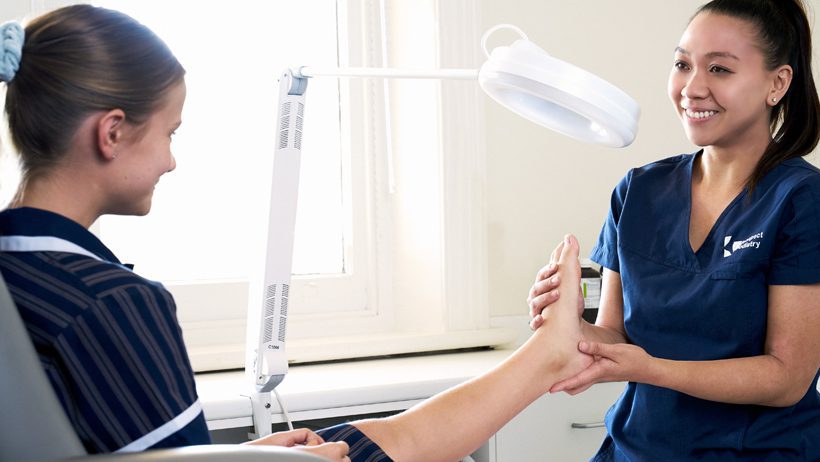Custom shoe inserts made by your podiatrist may be useful in controlling foot function. An orthotic device may reduce symptoms and prevent the worsening of the hammer toe deformity.
Prospect Podiatry!
We are your one-stop podiatry centre where our experienced and friendly staff provide the most comprehensive range of podiatry services available.




